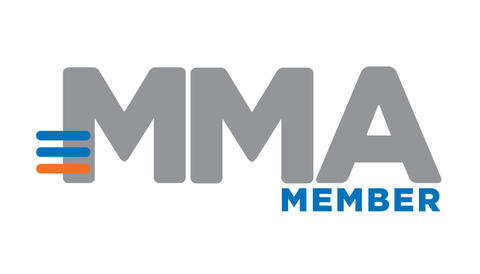December 17, 2007
Reebok Run Easy Global Mobile Campaign by Neighborhood America
Date: Launched in April 2007
Company: Neighborhood America )www.neighborhoodamerica.com)
Client: Reebok via Carat and Isobar
Background:
Reebok wanted to reinvigorate its brand by focusing on the joy and fun of running and motivate consumers to enjoy the sport at a pace that is right for them. Reebok engaged Carat and Isobar to launch “Run Easy,” an innovative global marketing campaign designed to foster a deeper level of engagement between consumers and the brand. Knowing that runners were on the go, Carat and Isobar turned to Neighborhood America to execute a mobile strategy that enabled runners to capture and submit images and join the “Run Easy” movement from their mobile phones.
Goals:
· Encourage consumers to speak to and through the brand in a meaningful way.
· Drive sales.
· Build a community of runners that Reebok can easily re-engage to participate in future campaigns.
Solution:
The mobile portion of the campaign ran in the U.S., Canada, Korea, and India. The outdoor promotions invited users to send a text message to join the “Run Easy” movement, or information on where they like to run, what music they listen to, and what they talk about while running. The information was posted on the campaign’s website, www.GoRunEasy.com, creating a destination for consumer engagement, in essence a global community of runners. In this way, mobile content helped to convey the experience of running on the website. In the U.S., runners also received a mobile website link asking them to enter their location, which was sent to the website and plotted on Google Maps. Neighborhood America managed all the mobile messaging and the mobile website.
Results:
· In just one week after the campaign launch, runners joined in from all over the world, including the U.S., Canada, Korea, and India.
· The total unique responses for the U.S. were nearly 50,000.
· New York, with its heavy foot traffic, saw the highest participation rates.

